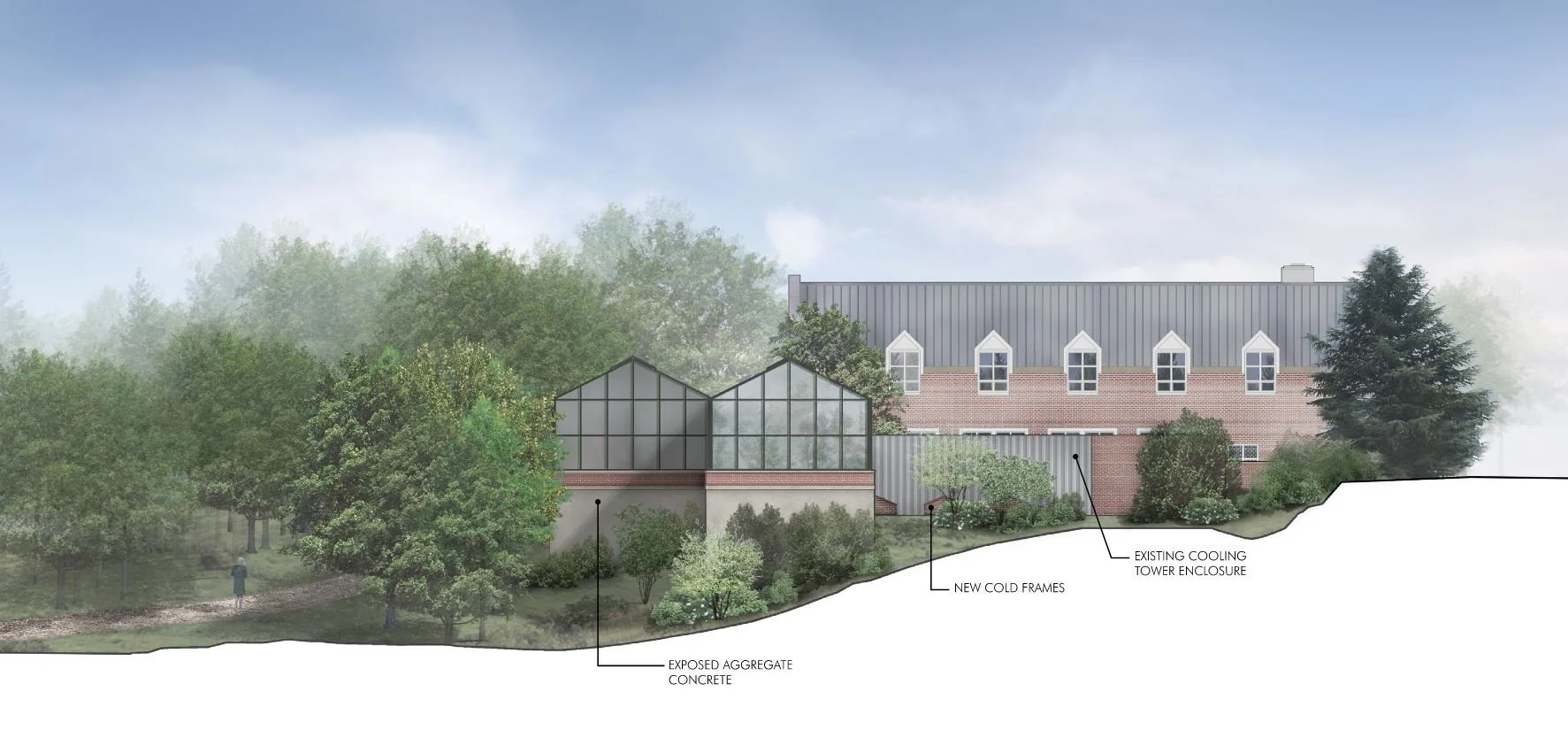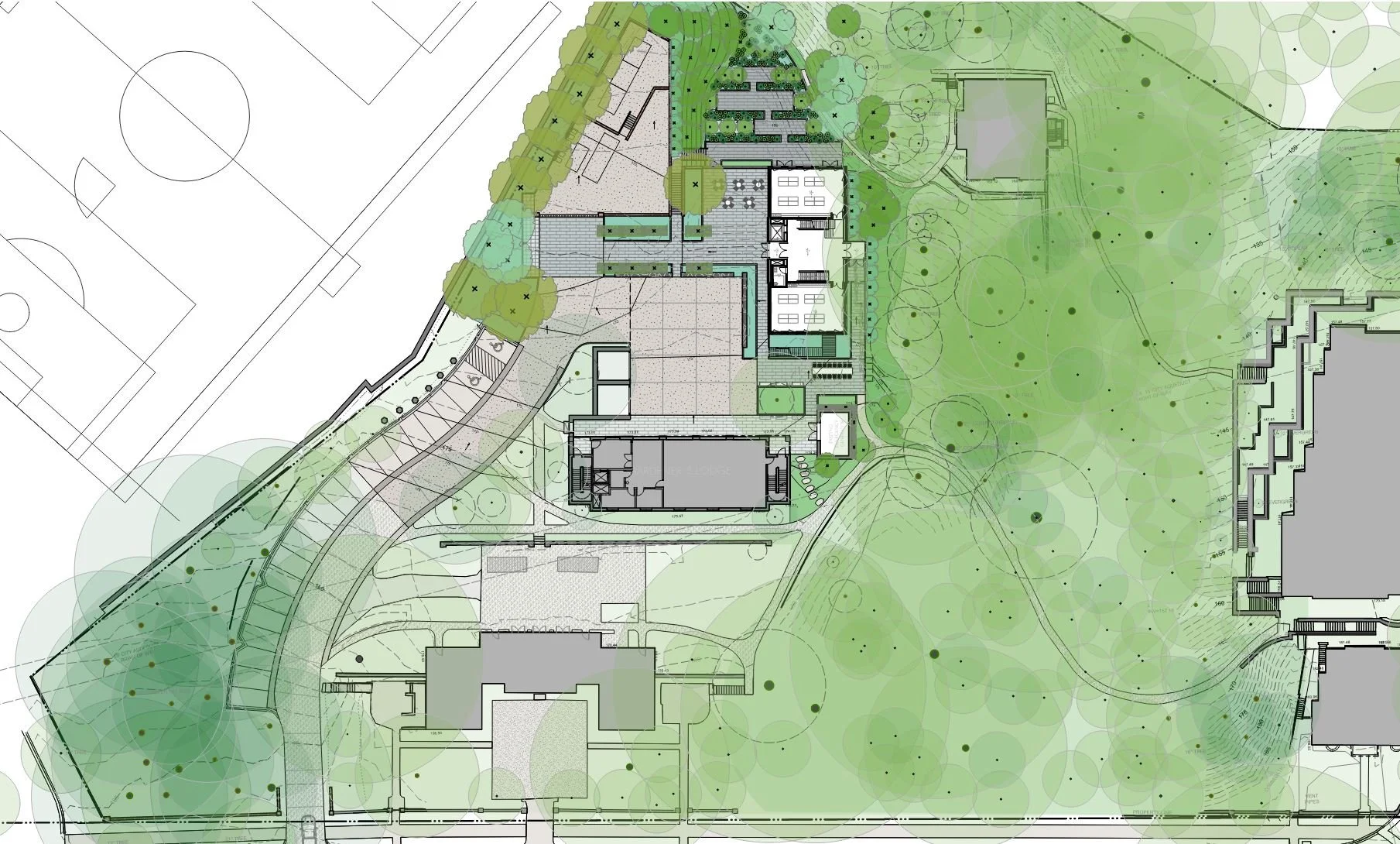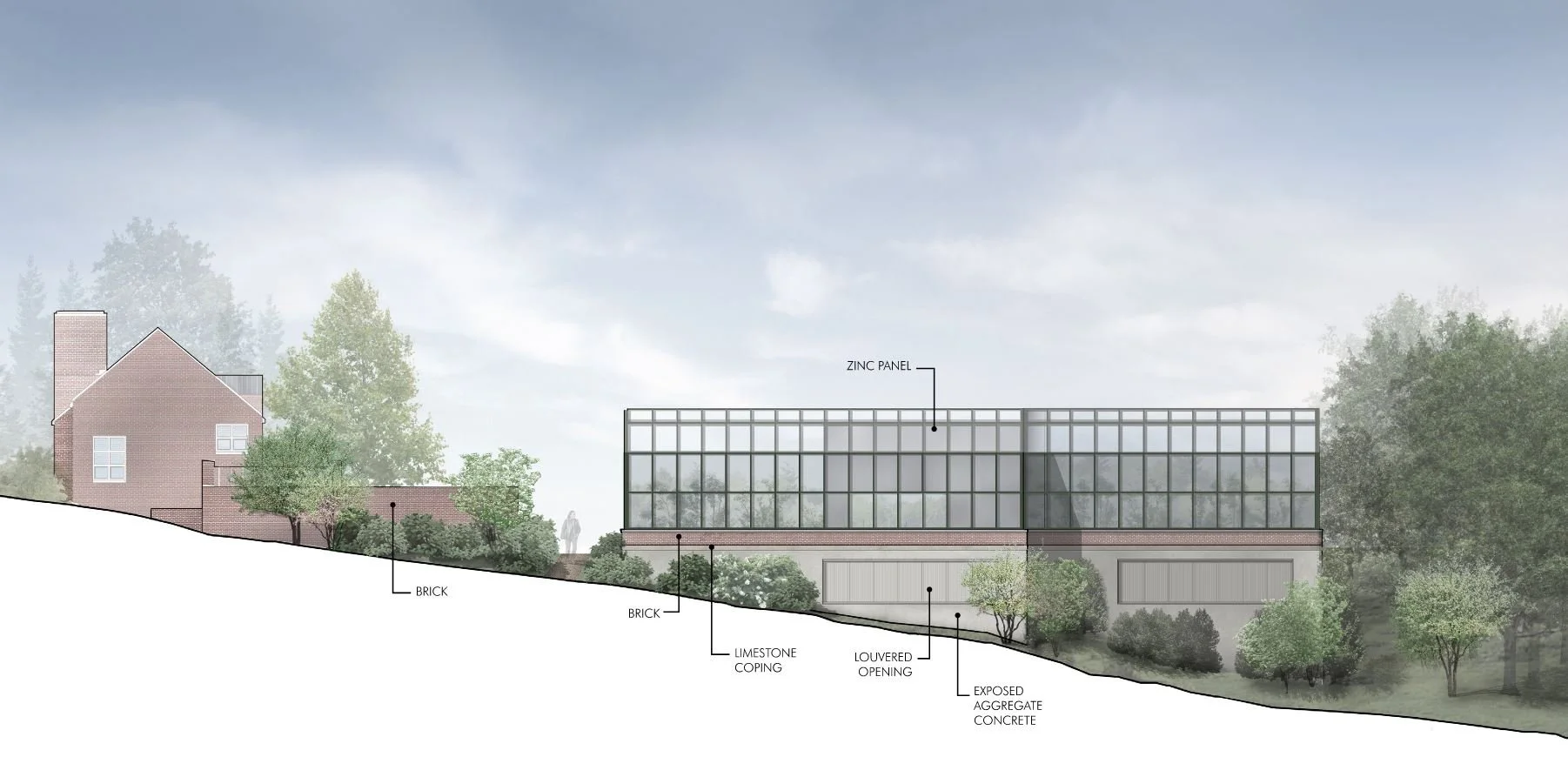Sustainable Solutions for a Historic Landscape: The Farrand House Project at Dumbarton Oaks
/IMAGE COURTESY OF REED HILDERBRAND
At the Dumbarton Oaks Farrand House project in Washington, D.C., JBC collaborated closely with Reed Hilderbrand and Selldorf Architects to provide integrated design for irrigation, soils, and subdrainage systems. This work supported the renovation of the historic greenhouse area and its transformation into an educational outreach center. JBC’s role was foundational in ensuring the site’s landscape systems functioned sustainably and efficiently, both above and below ground.
IMAGE COURTESY OF REED HILDERBRAND
Given the property’s historic significance, JBC employed low-impact strategies that met modern performance standards while respecting the legacy of the historic site. One of the key challenges was the limited water pressure available for irrigation. JBC responded with a carefully calibrated system using low-volume, low-pressure-rated equipment to provide adequate coverage without overtaxing the infrastructure. The team also worked within an exceptionally tight footprint, where space for utilities, planting, and circulation was at a premium.
IMAGE COURTESY OF REED HILDERBRAND
JBC’s soil and subdrainage solutions were designed to optimize fertility and drainage, promoting long-term health and resilience of the landscape. One of the most significant accomplishments was fitting substantial soil volumes into the constrained entry walkway to support growth of new overstory trees. This attention to detail and technical precision will have a lasting impact on the overall health of the landscape and visitor experience of the site.
IMAGE COURTESY OF REED HILDERBRAND
By integrating green infrastructure into a complex historic setting, JBC helped shape a landscape that is as sustainable as it is functional. The result supports the Dumbarton Oaks mission of education and stewardship by enhancing the landscape while establishing new spaces for learning, art, and innovation.





